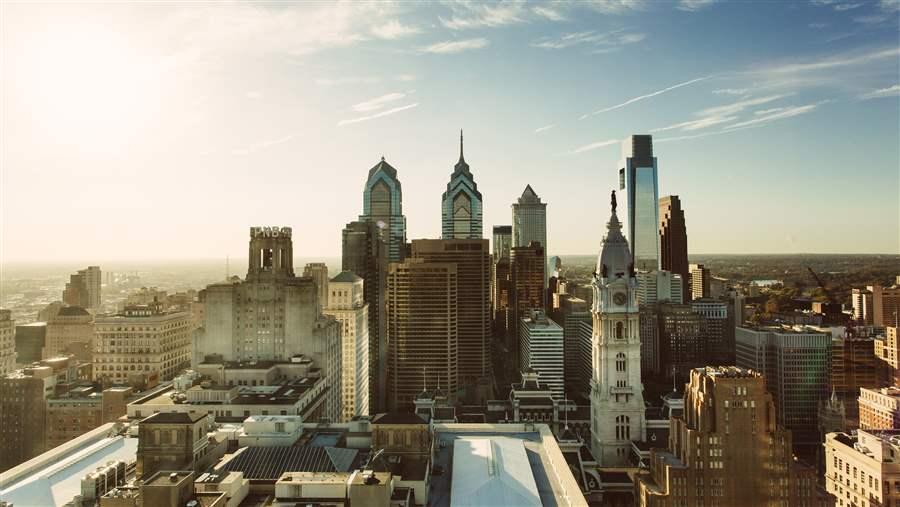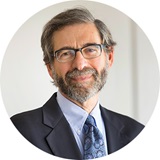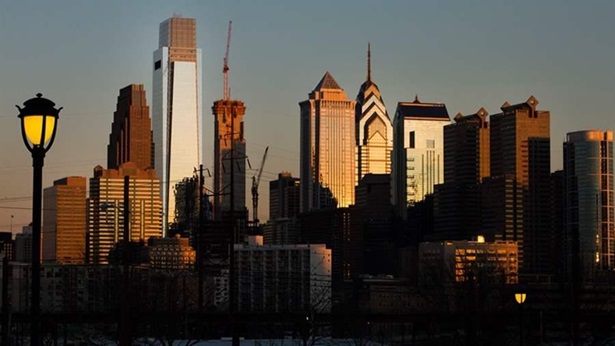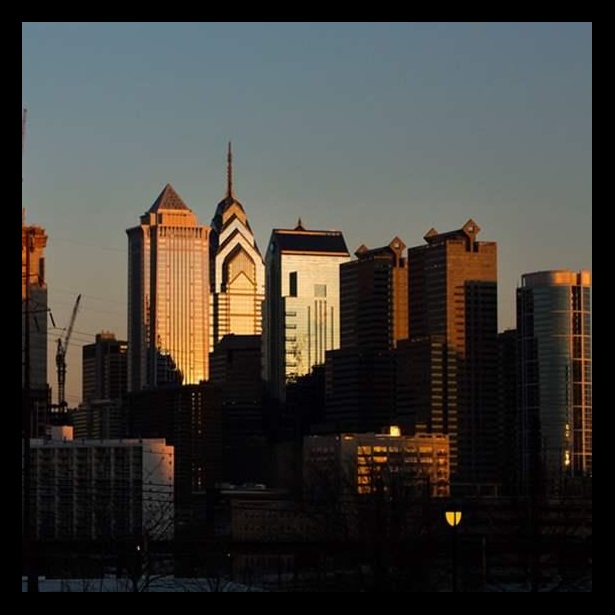Unauthorized Immigrants Make Up a Quarter of Philadelphia’s Foreign-Born
Pew Research Center estimates that unauthorized percentage of city’s population mirrors country as a whole
For this analysis, The Pew Charitable Trusts’ Philadelphia research initiative used data from the Pew Research Center, a Washington-based subsidiary of the Trusts that conducts polling and data-driven social research. Neither the Pew Research Center nor the Philadelphia research initiative takes policy positions.
Philadelphia has about 50,000 unauthorized immigrants, according to a new analysis by the Pew Research Center. That means approximately 1 in 4 foreign-born residents in the city is unauthorized.
The city’s total foreign-born resident population increased in the last decade, reaching about 200,000 and accounting for about 13 percent of Philadelphia’s overall population. In 2014, the last year for which data was available, approximately 25 percent of foreign-born Philadelphians were unauthorized immigrants. A decade earlier, in 2005, unauthorized immigrants had accounted for about 27 percent of the city’s 170,000 foreign-born residents, according to the center’s estimates.
Compared with the four largest Northeastern cities—Boston, New York, Baltimore, and Washington—Philadelphia’s unauthorized immigrant population was second-biggest, behind New York’s (525,000) and slightly larger than Boston’s, although not by a statistically significant amount. (See Table 1.)
Table 1
| Estimated unauthorized immigrant population in 2014 | Unauthorized immigrants’ share of total population | |
|---|---|---|
| New York City | 525,000 |
6.1% |
| Philadelphia | 50,000 |
3.2% |
| Boston |
35,000 | 5.5% |
| Washington |
25,000 | 3.9% |
| Baltimore |
15,000 | 2.5% |
| United States | 11,100,000 | 3.5% |
Note: The margin of error is plus or minus 30,000 people for New York City, 10,000 for Philadelphia, 10,000 for Boston, 5,000 for Washington, 5,000 for Baltimore, and 170,000 for the United States.
Source: Pew Research Center estimates, based on augmented 2014 American Community Survey (IPUMS), consistent with estimates published in Passel and Cohn (2016, 2017)
At 25 percent, the unauthorized share of Philadelphia’s foreign-born population was higher than in New York City (16 percent) and Boston (20 percent) but about the same as in Washington (26 percent), Baltimore (29 percent), and the country as a whole, for which the unauthorized share of foreign-born residents was about 26 percent, or 11.1 million.
As a percentage of total population, however, Philadelphia’s unauthorized immigrant population of 3.2 percent was below those of New York City and Boston. Philadelphia’s percentage was about the same as in Washington, Baltimore, and the country as a whole.
Statewide in Pennsylvania, unauthorized immigrants were disproportionately concentrated in Philadelphia. The city had about 28 percent of the state’s 180,000 unauthorized immigrants, while representing 12 percent of the state’s total population.
Among major metropolitan regions, the Philadelphia area—covering the city and 10 counties in Pennsylvania, New Jersey, Delaware, and Maryland—had 160,000 unauthorized immigrants in 2014. That was about 2.6 percent of the region’s total population and 24 percent of its foreign-born population. Complete metro- and state-level estimates can be found at the Pew Research Center.
The center defines “unauthorized immigrants” as all foreign-born noncitizens residing in the country who are not lawful immigrants. The lawful immigrant population is defined as naturalized citizens, people granted lawful permanent residence (previously known as legal permanent residence), those granted asylum, people admitted as refugees, and those admitted under a set of specific authorized temporary statuses for longer-term residence and work. Temporary visitors and tourists admitted for shorter periods are not included in the immigrant population.
To arrive at its estimates of the unauthorized immigrant population, the center first generated a total of lawful immigrants, using data from the U.S. Census Bureau’s American Community Survey and the Department of Homeland Security. The lawful-immigrant population then was subtracted from the total number of U.S. immigrant residents, and the remaining people were assumed to be unauthorized immigrants, a method known as “residual” estimation. The estimates of unauthorized immigrant populations were based on sample surveys and thus have a margin of error. The 2014 estimate of the number of unauthorized immigrants in Philadelphia ranges from 40,000 to 60,000. The figures presented here have been rounded. The full methodology can be found here.
Larry Eichel directs The Pew Charitable Trusts’ Philadelphia research initiative and Thomas Ginsberg is a manager on the team.
This analysis was updated on Feb. 16 to clarify the percentage of unauthorized immigrants among Philadelphia’s foreign-born residents and on Feb. 23 to clarify the relationship between The Pew Charitable Trusts and the Pew Research Center.















